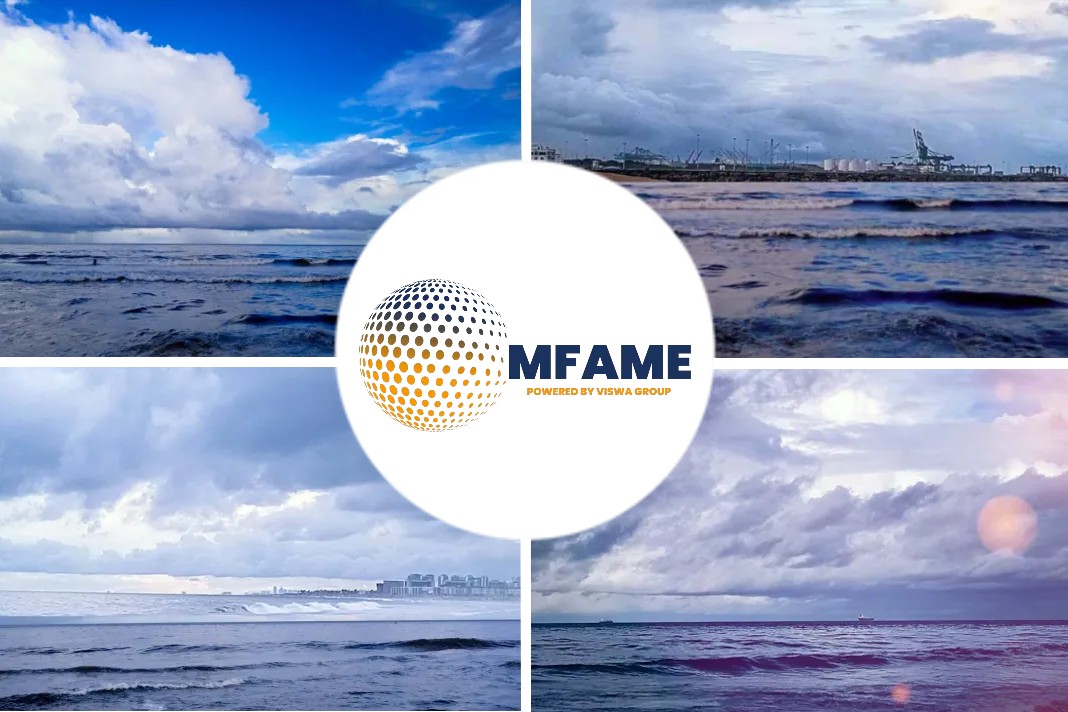
- Scientists were exploring the uncharted waters of the Indian Ocean.
- Uncovered a multitude of dazzling sea creatures.
- Done around a remote Australian island group.
A shipload of scientists has just returned from exploring the uncharted waters of the Indian Ocean, where they mapped giant underwater mountains and encountered a multitude of deep-sea animals decked out in twinkling lights, with velvety black skin and mouths full of needle-sharp, glassy fangs.
Bizarre Revelations
The team of biologists was the first to study the waters around the Cocos (Keeling) Islands, an Australian territory more than 600 miles off the coast of Sumatra. “It’s just a complete blank slate,” says the expedition’s chief scientist, Dr Tim O’Hara, from Museum Victoria Research Institute. “That area of the world is so rarely studied,” says Dr Michelle Taylor from the University of Essex.
Few research expeditions make it to the Indian Ocean, chiefly because it’s so remote. It took the team six days to get to Cocos (Keeling) Islands from Darwin, in Australia’s Northern Territory. “The real stars of the show are the fish,” says O’Hara, who specializes in invertebrates. “There are blind eels and tripod fish, hatchetfish and dragonfish, with all of these bioluminescent organs on them and lures coming out of their heads. They’re just extraordinary.”
Among the huge variety of life they found, the deep-sea batfish was a highlight. It sits on the seabed like an ornate pancake and struts about on two stubby fins that act as legs. It wiggles a tiny lure tucked into a hollow on its snout, presumably hoping to trick prey into thinking it is a tasty worm.
They Lie Beneath The Sea
They spotted the tribute spiderfish, which has long lower fins it uses as stilts to perch above the seabed, catching passing morsels of food. They found a previously unknown blind eel, collected from 5,000m down, covered in jelly-like, transparent skin. And they saw stoplight loose jaws, a type of dragonfish, which have huge unfolding jaws with double hinges and the unusual habit of spying on other animals with red bioluminescent light, a color which most deep-sea animals can’t see.
A sampling net dragged across the abyssal plain came up full of ancient shark teeth. As well as shining a light on the deep-sea life of this unstudied region, the team also uncovered a dramatic seascape, including huge submerged volcanoes, or seamounts, which at 5,000 meters high are more than twice as tall as Australia’s highest land mountain. Using high-resolution sonar, the team created detailed 3D maps of the deep seafloor, and discovered several smaller seamounts that were previously unknown.
Not only are many deep seamounts covered in rich habitats of corals, sponges and other wildlife, they play a crucial role in mixing the ocean. Deep currents sweep up the flanks of seamounts, bringing vital nutrients to the surface. One reason for going to the Cocos (Keeling) Islands was to provide baseline information to help manage and protect the newly established marine park there, set up in March 2022 with the nearby Christmas Island marine park, which the team visited last year.
A Lot Of Work
The area isn’t threatened by deep-sea mining because, as O’Hara says, geologists prospected for seafloor minerals and decided they weren’t worth exploiting. The main threat, according to the team, was plastic pollution. “Even when you’re that far off the continent, at four kilometers deep, you’ll dredge up plastics,” he says.
It will take years for experts to work their way through all the specimens the expedition collected, but O’Hara estimates that between 10% and 30% will be species new to science. “I’m really excited about what new future science discoveries come out from this in the years to come,” says Taylor.
One thing the team already has planned is to match up DNA from the specimens with DNA snippets sifted from seawater, known as environmental or eDNA, which is shed by organisms in slime and skin cells. “Who knows what’s going to happen with those specimens in museums in 100 years’ time,” says Taylor.
Did you subscribe to our newsletter?
It’s free! Click here to subscribe!
Source: TheGuardian






















